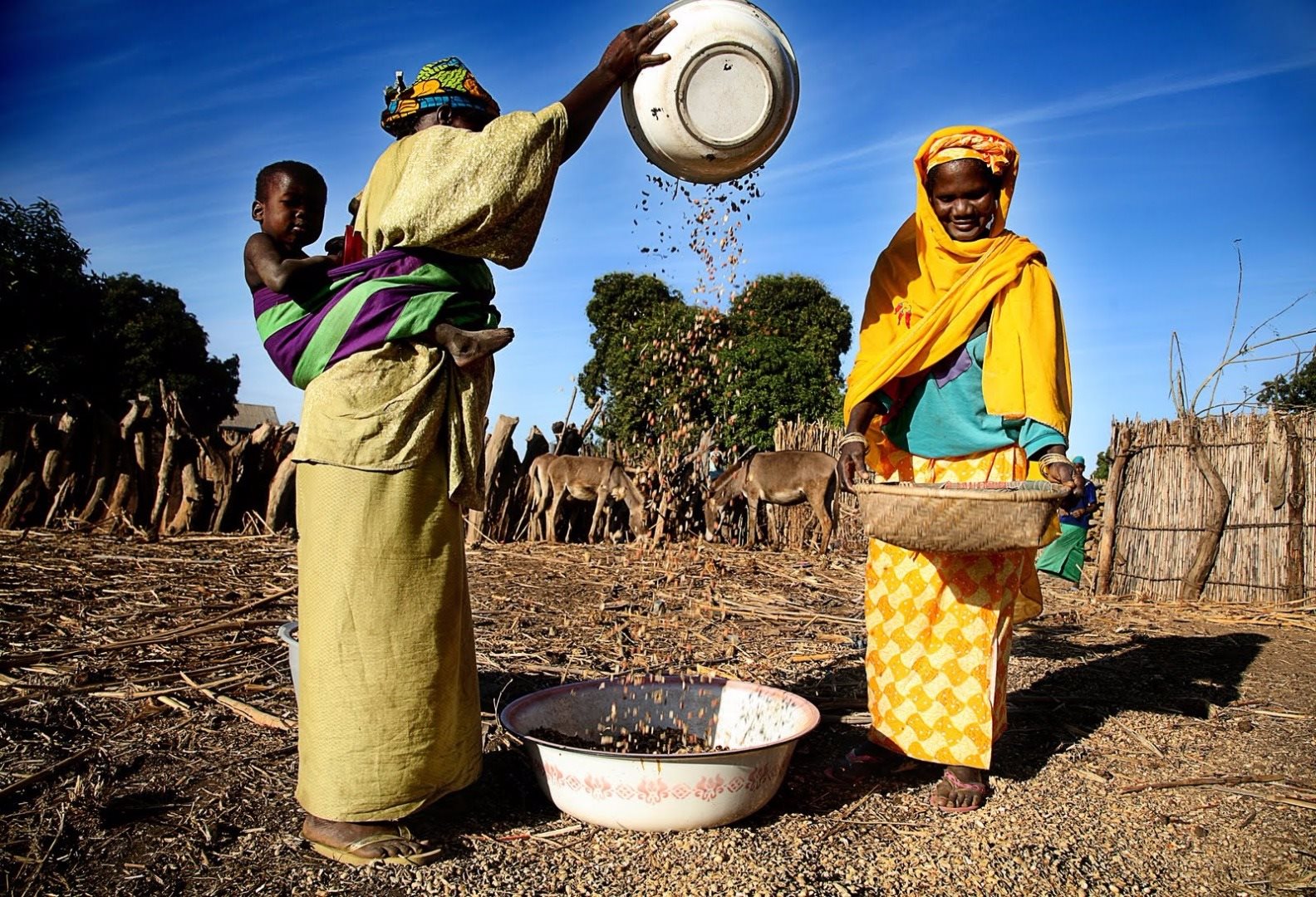Women and Girl’s Economic Participation and Empowerment
The Scale of the Challenge
Women and girls face barriers in the enabling environment, in the supply of and in their demand for financial products and services, as well as in their socio-cultural context.
These collectively limit their access, usage and control over these products and services in ways that constrain their economic empowerment. Consequently, women remain disproportionately excluded from the formal financial system. More than one billion women are still excluded, and there is a 9% gender gap in account ownership across developing economies. While there has been overall progress on financial inclusion in recent years, this gender gap has remained unchanged since 2011.
9% Gender Gap
in account ownership across developing economies
Even where women’s and men’s level of financial access is more equitable there are gender variations in usage patterns and in ways that affect women’s ability to participate economically. Furthermore, access and usage of financial services does not automatically confer women’s agency to control the benefits of financial product and service use. For instance, supply-side barriers restrict the availability of gender sensitive financial products and services. On the demand side, women and girls lack financial capabilities, confidence and voice. The legal, policy and regulatory environment tends to be gender blind and at times discriminatory. In sum, this restricts women and girls’ access, usage and agency over financial services, with implications for their economic empowerment.
Overcoming these diverse spheres of constraints is critical as financial inclusion is a key enabler of women’s economic empowerment - a global development goal in itself and essential to achieve the sustainable development goals (SDGs), poverty alleviation and economic growth.




